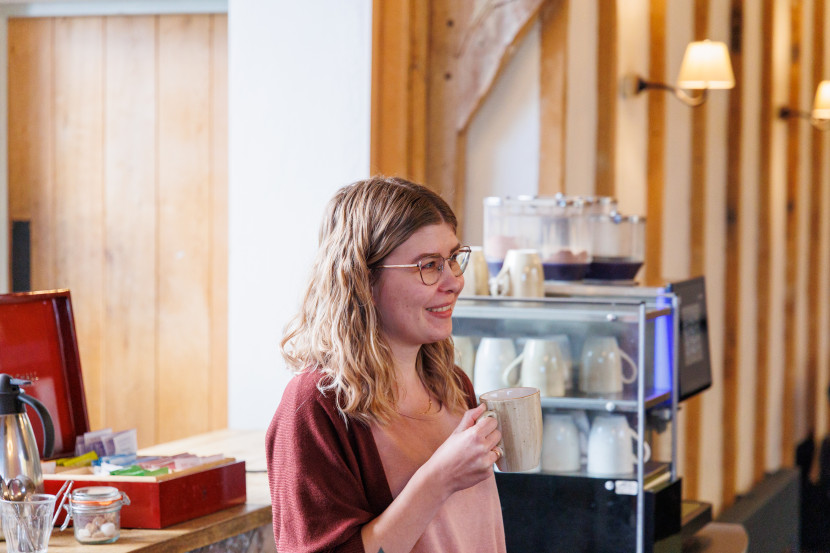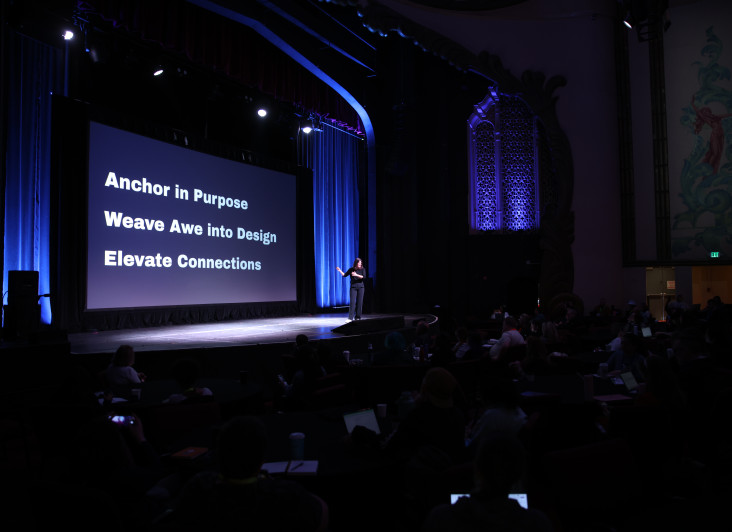Community onboarding and data collection: Tips to better member engagement

Community participation is the primary challenge and opportunity that community leaders face. If you want to encourage members to be active in your community, revising your onboarding process can be a great place to start.
What is community onboarding?
Onboarding is typically thought of as the initial stages of moving someone from being a non-member to a member. This is usually done by exchanging data (a person’s name or email) for member-level access.
While this is a crucial part of onboarding, it is only part of it.
Community onboarding is a long-term engagement strategy that continues until a new member becomes an advocate for your community. You need to think beyond the sign-up process and have a clear roadmap for keeping community members engaged.
Let’s look first at the process of data collection during sign-up and how to use this information to encourage member engagement.
How much is too much data?
Let’s be honest, completing sign-up forms isn’t the most exciting thing to do. They require people to put in a certain level of work and sacrifice their free time. On top of that, nobody likes to provide information upfront without reassurance that it’s going to be worth it.
Asking too many details during the onboarding process can be a turnoff for people, especially when it involves personal information. In fact, 20% of consumers say a lack of transparency around how brands use their data is a top concern when sharing information about themselves.
You need to find the sweet spot between gaining enough information to make their onboarding as smooth as possible, without overwhelming or deterring them from completing the process.
To motivate new members to complete your sign-up, ensure the process is straightforward and the ‘reward’ is at the forefront. The number one thing to remember is people should know exactly what they’re signing up for.
If your community sign-up is vague and missing key details, you risk someone joining who doesn’t fit your ideal member profile or losing the perfect member because they weren’t aware of the benefits.

Personalise the experience
There’s data required to get into a community and there’s data required to personalise their community experience after they’re signed up.
In an onboarding review of 127 online communities, new members were asked to supply an average of four items of data. Of the data collected, only 5% of communities asked members about their skills or why they joined!
This is a missed opportunity.
These types of questions can enhance a person’s membership. Granted, some people will skip these questions (we’ll get into that soon), but if they choose to complete them, make sure you use that information to provide the most relevant and valuable content for them.
If a person is looking to join a book club, for example, one of the sign-up questions might be what their favourite genre is. Let’s say they choose science fiction but, when they get to their profile, the recommended forums are for rom-com and history books.
Despite stating their interests, the community has failed to personalise their experience. This will make them feel unimportant and like they’ve wasted their time. If they were connected with like-minded sci-fi fans, there’s a much higher chance they would be an active and engaged member.
Personalisation is a key way of getting to know your community members better and showing them that you understand who they are. This will lay the foundation of how they show up in the community space and whether they stay for the long-run.

Does the Skip button cause inactive members?
Sometimes.
Most community sign-ups will come with the option to skip sections that aren’t absolutely necessary to gain membership access. There’s a number of reasons why people choose to bypass these questions, from being on a time-crunch to simply not wanting to provide it until they know what it’s for.
The important thing is how you go about retaining that information once they’re in.
It’s all about the welcome
A fantastic way to gain data after sign-up is having a welcoming environment for new members. This could be in the form of a Whatsapp group or Slack channel for example.
Long-standing members can greet new members and ask questions like, What brought you here? or What are you looking for?. This is a very informal way you can collect data without directly asking for it. It also encourages new members to get involved with the community straight away.
If you want it to be more structured, however, you could create a follow-up email sequence that reminds new members to complete their profile for a more tailored membership. A welcoming email sequence might also include:
FAQs about getting started in the community
A walkthrough video to find their way around the platform
Member reviews to reinforce the community value
Improve your onboarding process
Onboarding is more than a couple of form fields for initial access to your platform. If anything, this is when the hard work really begins.
For members to stay engaged, you need to onboard them properly to the community. Make sure they feel heard and have a place where they can participate and interact with other members.
The onboarding process will become a lot easier (and enjoyable!) if you can personalise the member experience. By gaining insight into a member’s likes and interests and using this to tailor their journey, you’re more likely to encourage activity in the community and improve member retention.
If you’re looking to start or improve your online community in 2024, we’d love to chat with you. Whether it’s a membership website or web application, we help companies build community-focused platforms. If you’re looking to create a digital community space that brings people together, get in touch today.
More Articles

Can you track it?
Every budget is being put under the microscope right now, and quite right too.

When to Build Your Own Membership Platform (and When Not To)
I’ll let you in on a secret, not every membership organisation needs a bespoke membership platform.

Design for AWE
Anchor. Wonder. Connection. The blueprint for unforgettable memberships.

